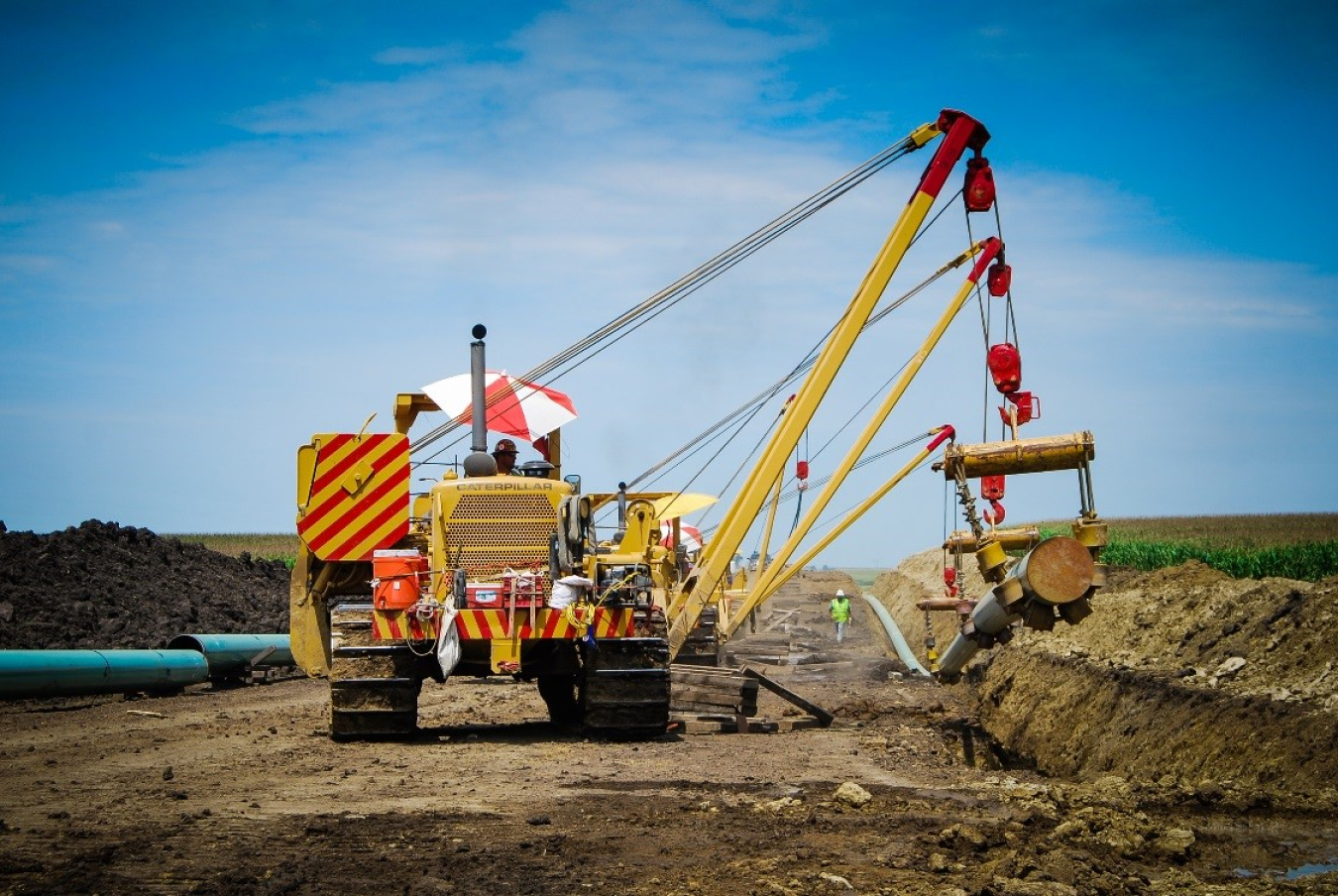The American Society of Mechanical Engineers (ASME) Code B31.12 previously required thick steels in hydrogen pipeline service. Research conducted at the National Institute of Standards and Technology and Sandia National Laboratories shows that the extent to which hydrogen causes metal fatigue does not depend exclusively on the strength of that metal. This finding led to a change in the ASME Code. The change permits hydrogen usage in pipes that can use up to 40% thinner steel, allowing for the reduction in cost. The U.S. Department of Energy's Fuel Cell Technologies Office within the Office of Energy Efficiency and Renewable Energy, and the U.S. Department of Transportation funded this work.

Photo credit: U.S. Pipeline
Sources:
1. J. Ronevich, C. San Marchi, B. Somerday, A. Slifka, L. Drexler, and R. Amaro, "Assessment of Hydrogen Assisted Fatigue in Steel Pipelines," Fuel Cell Technologies Office webinar presentation (September 27, 2017).
2. J. Fekete, J. Sowards, and R. Amaro, "Economic Impact of Applying High Strength Steels in Hydrogen Gas Pipelines," International Journal of Hydrogen Energy 40, no. 33 (2015): 10547-10558.

